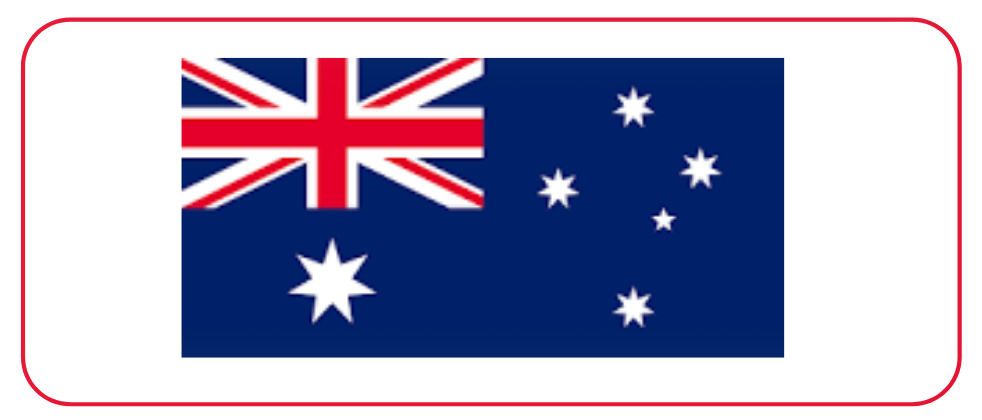PHYTOTOXICITY AND ANTIFUNGAL ACTIVITY OF CAPPARIS SPINOSA L.
DOI:
https://doi.org/10.53555/eijas.v6i1.103Keywords:
Phytotoxicity, Capparis spinosa, Triticum aestavium, Raphanus sativus, Antifungal activityAbstract
In laboratory bioassays, this study evaluated the phytotoxic potential of Capparis spinosa organs (leaves, fruits and roots) aqueous extracts on germination and seedlings growth of Triticum aestavium and Raphanus sativus. The results suggested that C. spinosa leaf, fruit and roots aqueous extract appeared to have phytotoxic effect on the recipient species compared to control. The germination percentage and all growth parameters of T. aestavium and R. sativus were significantly reduced gradually with the increase of aqueous extract concentration levels. However the reduction was varied and could be parts of the donor species and extract concentration dependent. This study also investigated the antifungal activities of three different solvents (ethanol, methanol and acetone) extracts of C. spinosa organs, these extracts were tested for their toxicity in vitro against Aspergillus niger, Penicillium sp. and Trichoderma viride at concentrations 10% (w/v). All C. spinosa organs extracts had different degrees of antifungal activity against the tested fungi, the highest antifungal activity was recorded for fruit ethanolic extract against Trichoderma whereas, acetone extract was the least effective extract against the tested fungi. Generally, tested fungi Trichoderma and Aspergillus were found to be more sensitive to C. spinosa organs extracts while Penicillium showed high resistance. The C. spinosa fruit ethanolic extract may be recommended as a potent bio-fungicide. Extensive studies should be undertaken for the ethanolic extract of C. spinosa organs as a strong antifungal agent against fungal plant diseases.
References
. Rice, E.L. (1984). Allelopathy. Second edition. New York: Academic Press, Orlando, FL. pp. 422. 561
. Singh, H. P., Batish, D. R., Kaur, S. and Kohli, R. K. (2003). Phytotoxic Interference of Ageratum conyzoides with Wheat (Triticum aestivum). Journal of Agronomy and Crop Science. 189 (5): 341–346.
. Weston, L.A. and Duke, S.O. (2003). Weed and crop allelopathy. Critical Reviews in Plant Sciences. 22: 367-389.
. Sodaeizadeh, H., Rafieolhossaini, M. and Damme, P. (2010). Herbicidal activity of a medicinal plant, Peganum harmala L., and decomposition dynamics of its phytotoxins in the soil. Industrial Crops and Products. 31: 385-394.
. Khanh, T.D., Chung, I.M., Xuan, T.D. and Tawata, S. (2005). The exploitation of allelopathy in sustainable agricultural production. Journal of Agronomy and Crop Science. 191: 172–184.
. Dawar, S., Summaira, Y.,Tariq, M. and Zaki, M. (2007). Use of Eucalyptus sp., in the control of root infecting fungi on mungbem and chick-pea. Pakistan Journal of Botany. 39 (3): 975-979.
. Aliyazicioglu, R., Eyupoglu, OE. Sahin, H., Yildiz, O and Baltas, N. (2013). Phenolic components, antioxidant activity, and mineral analysis of Capparis spinosa L. African Journal of Biotechnology. 12: 6643–6649.
. Akkari, H., chir, F., Hajaji, S., Rekik, M., Sebai, E., Hamza, H., Darghouth, M. and Gharbi, M. (2016). Potential anthelmintic effect of Capparis spinosa (Capparidaceae) as related to its polyphenolic content and antioxidant activity. Veterinarni Medicina, 61 (6): 308–316.
. Abdurrahman, O. and Hayriye Didem, S. (2016). Antifungal activity of some plant extracts against different plant pathogenic fungi. Journal of Advances in Agricultural and Environmental. 3(2):2349-1531.
. Askar, A. (2012). In vitro antifungal activity of three Saudi plant extracts against some phytopathogenic fungi. Journal of Plant Research. 2(4): 458-462.
. Germano, M.P., Pasquale, R. De., Angelo, R., Catania, S. and Silvariet C. (2002). Evalution of extracts and isolated fraction from Capparis spinosa L. buds as antioxidant source. Journal Agricultural and Food Chemistry. 50: 1168-1171.
. Abdul-baki, A. and Anderson, J. (1973). Vigor determination in soybean by multiple criteria. Crop Science. 13: 630-633.
. Vokou, D. (1992).The allelopathic potential of aromatic shrub in Phryganic (east Mediterranean ecosystem). - In: Rizivi S., V. Rizivi (Eds.), Allelopathy: basic and appliedaspects, Chapman & Hall, London. pp. 303–320.
. Sathishkumar, J., Muthu, S.M. and Seethalakshmi, I. (2008). “In-vitro Antimicrobial and Antitumor Activities of Stevia Rebaudiana (Asteraceae) Leaf Extracts”. Tropical Journal of Pharmaceutical Research. 1(4):1140-1149.
. Wink, M., Schmeller, T. and Latz-Bruning, B. (1998). Modes of action of allelochemical alkaloids: Interaction with neuroreceptors, DNA, and other molecular targets. Journal of Chemical Ecology. 24: 1881-1937.
. Alam, S.M. and Islam, E.U. (2002). Effect of aqueous extract of Leaf, stem and root of nettle leaf goosefoot and NaCl on germination and seedling growth of rice. Pakistan Journal of Science and Technology. 1(2): 47-52.
. Nishida, N., Tamotsu, S., Nagata N., Saito C. and Sakai, A. (2005). Allelopathic effects of volatile monoterpenoids produced by Salvia leucophylla: Inhibition of cell proliferation and DNA synthesis in the root apical meristem of Brassica campestris seedlings. Journal of Chemical Ecology. 31:1187-1203.
. Mustafa, F. (2011). In Vitro Evaluation of Capparis spinosa against Lumbricus terrestris (Annelida). Parasitologists United Journal. 5(2): 199-202.
. Mahboubi, A., Kamalinejad, M., Shalviri, M., Karbasi, Z., Jafariazar, Z. and Asgharian, R. (2012). Evaluation of antibacterial activity of three Iranian medicinal plants. African Journal of. Microbiology Research. 6 (9): 2048–2052.
. Tlili N., Khaldi A., Triki S.,and Munne-Bosch S. (2010). Phenolic compounds and vitamin antioxidants of caper (Capparis spinosa). Journal of Plant Foods Human Nutrition. 65 (3): 260–265.
Downloads
Published
Issue
Section
License

This work is licensed under a Creative Commons Attribution-NonCommercial-NoDerivatives 4.0 International License.








 Licensed under CC BY 4.0 International.
Licensed under CC BY 4.0 International.